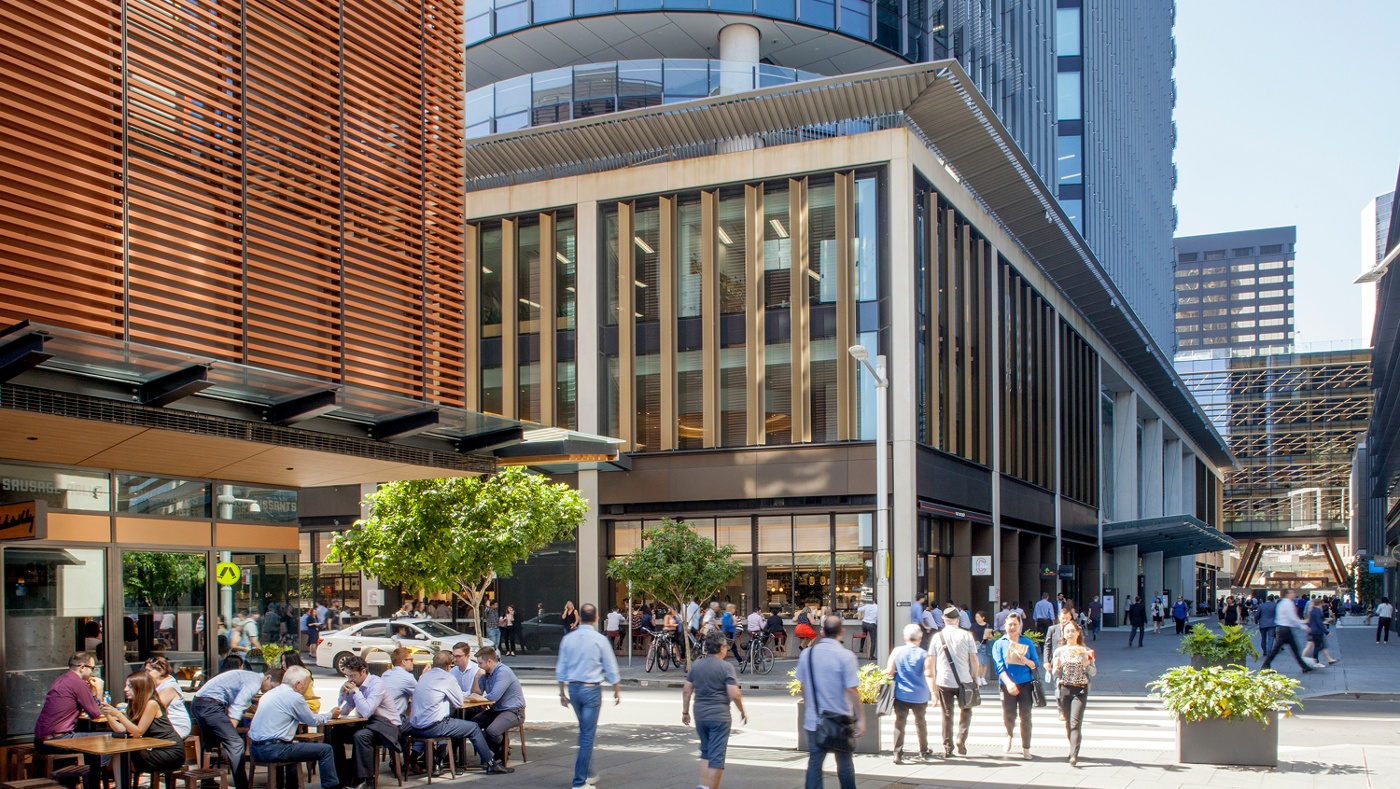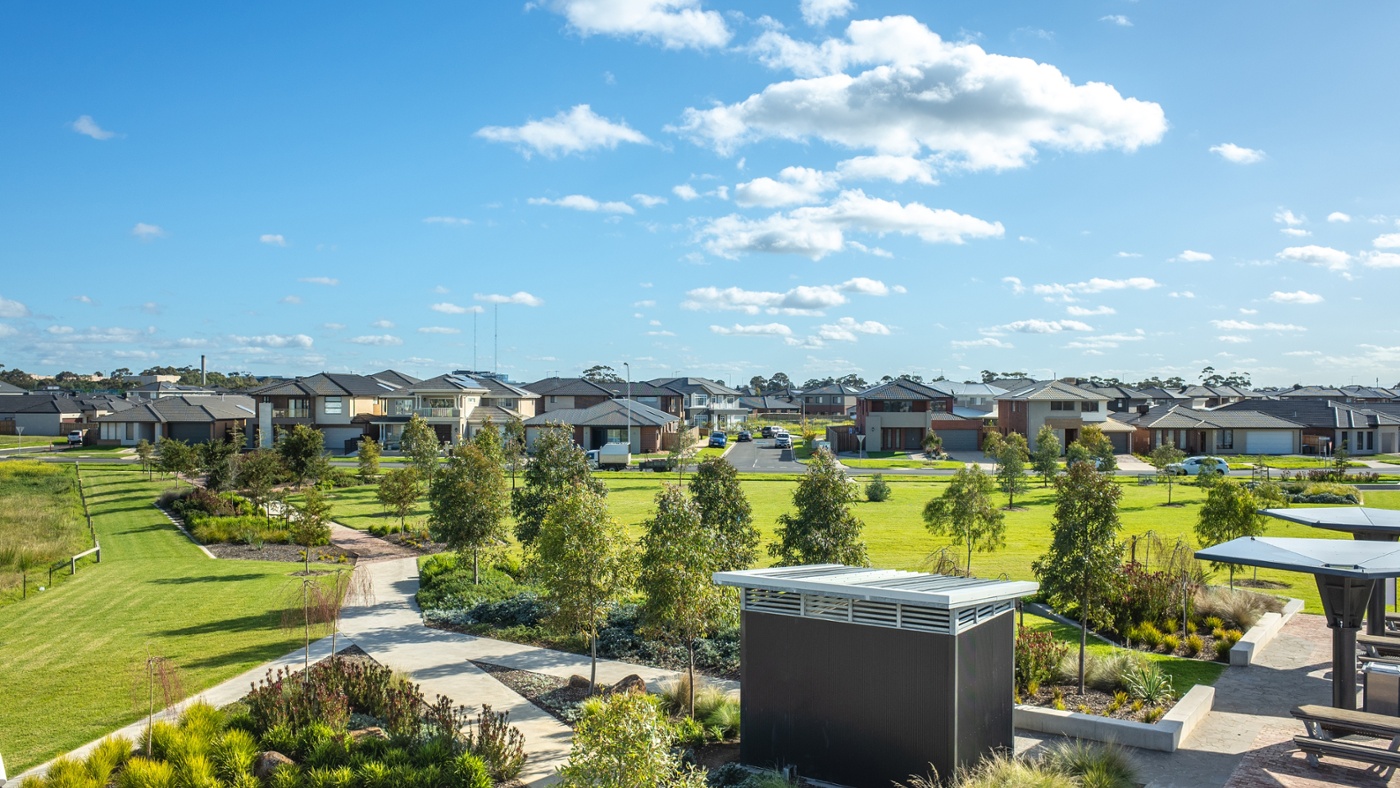Parramatta CBD Plan – Council's response to 11th hour State Government changes

A Tale of Two Cities
Parramatta Council’s quest to fulfill its role as Sydney’s Central City
On Monday 11 July 2022, the City of Parramatta Council will consider a report from its planning officers on a response to the NSW State Government’s amendments to the Parramatta CBD Planning Proposal (‘CBD Plan’). The CBD Plan (Parramatta LEP 2011 – Amendment 56) was finalised on 6 May 2022, but with significant last-minute changes, which reduced development potential in the Parramatta CBD significantly and which created disruption and uncertainty for landowners and the industry.
However following consultation with the State Government and industry backlash in response to the changes, Council officers are recommending that the State Government use ‘SEPP Amendment’ powers under Section 3.29(2) of the EP&A Act to wind back the changes and re-instate the lost development potential for employment generating floor space in the core.
Parramatta CBD Plan
The CBD plan - prepared by Council officers over a 9-year period - was underpinned by extensive environmental studies and prepared in consultation with a range of stakeholders including residents and business owners in Parramatta, and the development industry. The State Government also played a key role in endorsing the CBD plan at various stages during its preparation.
The CBD plan proposed increases to planning controls and development capacity for the Parramatta CBD to allow:
- an increase of over 59,000 additional jobs, through more than 1.97 million sqm of new commercial floor space;
- Over 15,000 additional dwellings; and
- Achieving the above in highly accessible areas through the careful consideration of transport accessibility, impacts to streets, parks, design excellence and heritage in the CBD.
Last minute major changes at LEP gazettal
However, in finalising the CBD Plan in May 2022, the State Government made several major 11th hour changes, most notably:
- Removing the commercial office floor space incentive for land in the commercial core. This limited sites in the commercial core to an FSR of 11.5:1, reducing the office floor space capacity of some sites by up to 50%;
- Removing the ability of B4 zoned land surrounding the core to achieve commercial floor space incentives above the base controls; and
- Removing all land north of the river in the Parramatta North precinct from the CBD PP entirely.
Together these amendments reduced the CBD’s employment capacity by more than 15,000 jobs. Most of this loss was due to the removal of the planned “uncapped” office floor space control in the B3 Commercial Core zone of the CBD.
The changes have also caused major disruptions to the progression of a number of city shaping proposals and design competitions in the CBD, creating uncertainty for landowners who have made investment decisions based on versions of the plan previously endorsed by both Council and the State Government.
Years of endorsed strategy overturned without notice
The deleted commercial floor space incentive was the centrepiece of the CBD Plan. It was fundamental to realising the jobs targets for the CBD and the region, and was underpinned by numerous planning, design, and transport studies. Its intention was to give the Parramatta CBD a competitive edge by removing floor space caps for large sites (greater than 1,800m2) which had the environmental capacity to accommodate the additional floor space, in the form of tall, slender towers.
The proposed incentive had passed through numerous checks and balances in a prolonged Planning Proposal process, including a Gateway Determination issued by the State Government, public exhibition, Council endorsement post exhibition and prior to forwarding to the State for finalisation, and was the most supported element of the CBD Plan because of its objective of promoting employment growth.
The commercial floor space incentive would also capitalise on unprecedented investment by the NSW Government in infrastructure such as the Parramatta Light Rail, Sydney Metro West, Commbank Stadium, and the Powerhouse Museum.
Proposed SEPP ‘amendment’ pathway
In summary, City of Parramatta Council officers are proposing:
- The State Government prepare a SEPP (a planning instrument only available to the Minister) to amend the Parramatta LEP, which would come into force at the time of the CBD Plan (14 October 2022), restoring the uncapped office premises FSR incentive in the B3 Commercial Core north of the rail line (the SEPP can be used to effect change to an LEP, and then become a ‘self-repealing’ SEPP, once the amendments are made).
- The State Government prepare a second SEPP to amend the Parramatta LEP, by December 2022, for land in the B4 Mixed Use zone immediately surrounding the core, for a separate (but numbered) commercial floor space incentive, following some urban design testing.
- For North Parramatta – that a separate Council led Planning Proposal be prepared for the whole precinct, with a new comprehensive urban design study to be funded by the State Government.
The City of Parramatta Council will consider these officer recommendations on Monday 11 July 2022 and decide whether to formally make these recommendations to the NSW State Government.
Good news for the development industry
The City of Parramatta’s officers and Council should be commended for their swift response and the proposed pathway forward, which is the quickest way to re-instate the lost jobs capacity and restore confidence in the Parramatta office market. It will restore the key policy centrepiece of the CBD plan.
The SEPP approach will ensure the uncertainty created by the amendments to the CBD plan in May 2022 are rectified in the quickest possible manner without unnecessarily burdening Council’s resources and no longer disrupting the significant investment already made in the Parramatta CBD and will align with Council’s already endorsed position on jobs growth in the commercial core.
A tale of two cities
The State Government’s changes to the CBD plan in May 2022 – changes made at the 11th hour with no re-exhibition or industry consultation – were in stark contrast to its approach and endorsement of the City of Sydney’s CBD planning strategy in 2021.
Over approximately the same time period, both the City of Parramatta Council and the City of Sydney prepared CBD planning strategies to ensure the sustainable growth of their respective CBDs, giving effect to their status as metropolitan centres under the State’s Metropolitan Plan. Both prioritised employment growth in suitable CBD locations with the environmental capacity to allow tall towers built up to aviation restrictions with FSRs in the range of 18:1 – 25:1 in the most accessible locations supported by transport infrastructure.
Whilst the State Government supported the City of Sydney’s strategy in 2021 to realise commercial ‘super towers’ within this upper range of development capacity, its changes to the City of Parramatta’s strategy to effectively cap commercial buildings in Parramatta to half the capacity of those in the City of Sydney is at best inconsistent, and at worst, a failure of planning process.
There was a uniformity of support for the Parramatta CBD plan from Council, landowners and initially the NSW Department of Planning itself throughout its preparation. It was therefore unclear what led to such a dramatic loss of support from the NSW Department of Planning for the Parramatta CBD plan, at the last minute. Contrast this to the often-contrary opinions on the City of Sydney’s Central Sydney Planning Strategy, which sought to deprioritise years of support for residential development in the CBD to prioritise commercial development. Despite far less uniform support for this, the Department backed the City of Sydney in their policy.
Two cities, two powerful and evidence-based visions set by each relevant Council. They both deserve equal support by the Department of Planning and State Government.
The Greater Sydney Regional Plan “A Metropolis of Three Cities” relevantly states that:
The Central River City will grow substantially capitalising on its location close to the geographic centre of Greater Sydney. Unprecedented public and private investment is contributing to new transport and other infrastructure leading to a major transformation of the Central River City.
Parramatta CBD is the key component of the Central River City, and the resolution and vision of Council will go a long way to seeing the adopted government objectives for the Central River City being achieved. Re-instating the commercial floor space incentive will give effect to the State Government’s Metropolitan Strategy of promoting the Parramatta CBD as Sydney’s ‘Central City;’ and the State Government’s support of Council’s recommendations and adoption of the SEPP amendment to rectify these changes is paramount to restoring confidence in Parramatta.
For more information on the Parramatta CBD and the LEP amendments, contact our Parramatta market lead Chris Ferreira (Associate Director) or Planning Director, Andrew Duggan.
Related Insights

NSW Low and Mid-Rise Housing Reforms

Ethos Urban to join Colliers

NSW Government Releases Industrial Lands Action Plan





